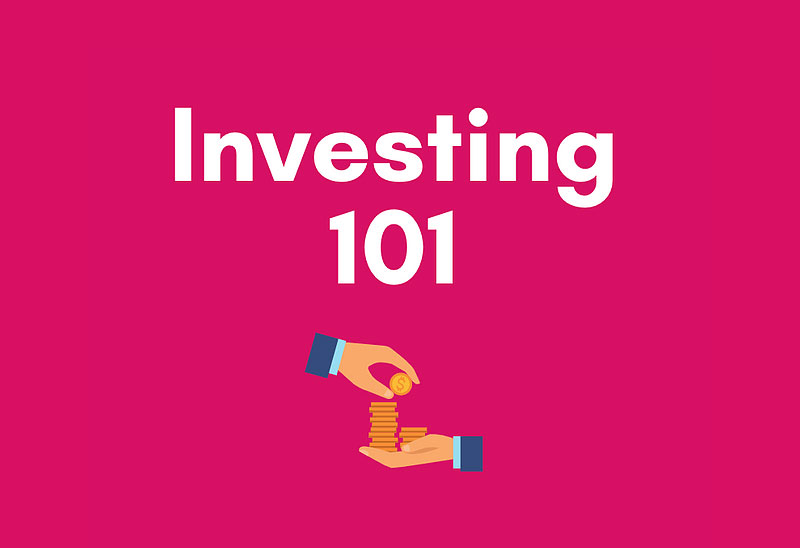Investing 101
Understanding Investment Types, Managing Risk, and Building Your Portfolio
Investing is one of the most effective tools for growing wealth and achieving long-term financial goals—whether that’s retirement, higher education, or financial freedom. This guide will help you understand the basics of investing, key investment options, and how to manage risk with confidence.
Why Invest?
While saving is essential, investing offers growth potential that saving alone can’t match. Smart investing helps:
-
Grow your money faster than inflation
-
Increase your purchasing power over time
-
Open doors to financial independence and legacy-building
Common Types of Investments
Here are some of the most popular options:
-
Stocks – Ownership in a company with high return potential but increased risk.
-
Bonds – Loans to corporations or governments with stable interest returns and lower risk.
-
Mutual Funds & ETFs – Pooled investments managed by professionals for instant diversification.
-
Real Estate & REITs – Physical property or real estate trusts offering steady income and appreciation.
-
Retirement Accounts – Tax-advantaged vehicles like 401(k), IRA, and Roth IRA for efficient long-term saving.
Understanding Risk & Risk Management
Every investment involves some level of risk—but with the right approach, that risk can be managed wisely:
-
Diversification – Spread your money across multiple asset classes to reduce risk exposure.
-
Asset Allocation – Align your portfolio with your risk tolerance, goals, and timeline.
-
Rebalancing – Review and adjust your portfolio periodically to maintain your target allocation.
Portfolio Basics: Building a Strong Foundation
Your portfolio should be tailored to your personal goals and life stage:
-
Long-Term Goals – Prioritize stocks and growth assets for higher potential returns.
-
⏳ Short-Term Goals – Use bonds and savings tools for safer, more predictable returns.
-
⚖️ Balanced Approach – Combine stocks, bonds, and alternatives to stabilize your investment journey.
Real-Life Example: Michael’s Investment Journey
“Michael” began investing $200/month in a mutual fund at age 25. By staying consistent for 30 years, compound interest helped his portfolio grow substantially—allowing him to enter retirement with confidence and financial freedom.
Helpful Investment Resources
-
Investor.gov – Tools and calculators by the SEC
-
FINRA.org – Beginner investor education and alerts
-
Local Workshops – Check with community colleges, banks, and nonprofits for free investing seminars
Local DMV Investment Resources
-
DC Department of Insurance, Securities & Banking (DISB)
Investor education, events, and consumer tools. (Visit DISB) -
Virginia Cooperative Extension
Hands-on workshops and investment education programs. (Explore Opportunities) -
Maryland Securities Division – Attorney General’s Office
Resources to protect and guide local investors. (Learn More)
Take Your First Step Toward Investing Today
Investing doesn’t require large sums or expert status to begin. Start early, stay consistent, and stay informed. With time, discipline, and diversification, even small steps can lead to powerful long-term gains.
Dr. Bertrand Fote, MD, MBA, CF²
Certified Financial Fiduciary, Financial Educator & Advocate for Financial Literacy

